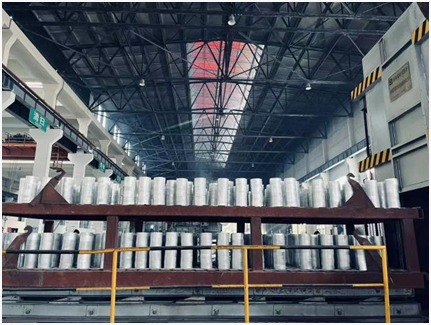
When comparingtool steel to mild steel, it becomes evident that tool steel exhibits significantly higher strength and durability. Tool steel suppliers emphasize these properties, making tool steel the preferred choice for applications requiring extreme toughness and precision.
Composition and Hardness
Tool steel is specifically designed to endure high-stress environments. It contains higher levels of carbon and alloying elements such as tungsten, molybdenum, vanadium, and chromium. These elements significantly enhance its hardness, wear resistance, and overall strength. The carbon content in tool steel is typically between 0.5% and 1.5%, which is substantially higher than that in mild steel, which usually has less than 0.3% carbon. This higher carbon content allows tool steel to undergo heat treatment processes that increase its hardness and strength.
Heat Treatment and Performance
Tool steel undergoes rigorous heat treatment processes, including quenching and tempering, which further enhance its mechanical properties. These treatments allow tool steel to achieve a higher Rockwell hardness rating, making it suitable for cutting, shaping, and drilling applications. Tool steel suppliers ensure that these materials meet stringent quality standards, making them reliable for demanding tasks.
Applications of Tool Steel
Due to its superior properties,tool steel is widely used in the manufacturing of tools, dies, and molds. It is also essential in industries that require high precision and durability, such as aerospace, automotive, and construction. The ability of tool steel to maintain its edge and structural integrity under high stress makes it indispensable for these applications.
Mild Steel Characteristics
On the other hand, mild steel, also known as low-carbon steel, is more ductile and easier to weld compared to tool steel. Its lower carbon content makes it more malleable and less prone to cracking, which is advantageous in structural applications. However, these same properties mean that mild steel lacks the hardness and wear resistance of tool steel.
Conclusion
In conclusion,tool steel is indeed stronger than mild steel, thanks to its higher carbon content, alloying elements, and heat treatment processes. Tool steel suppliers provide a material that is ideal for high-stress, high-precision applications, whereas mild steel is better suited for general structural purposes. Understanding the distinct properties and appropriate applications of each type of steel is crucial for selecting the right material for any project.